Les filles du pasteur : Daughters of the Vicar
Extraits
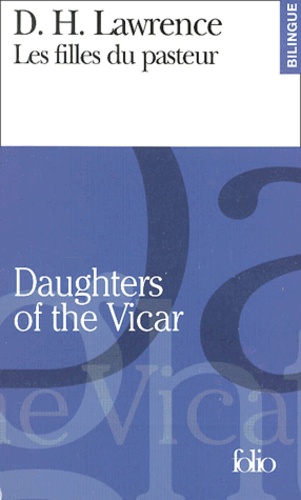
Anglais apprentissage
Les filles du pasteur : Daughters of the Vicar
02/2001
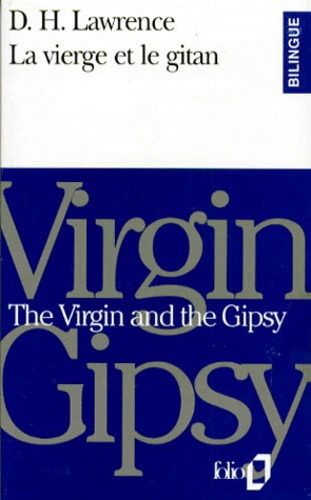
Anglais apprentissage
LA VIERGE ET LE GITAN : THE VIRGIN AND THE GIPSY
02/1993
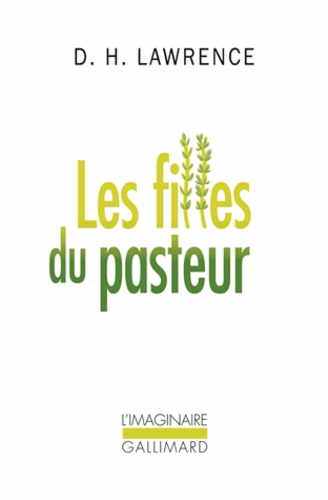
Poches Littérature internation
Les filles du pasteur
05/2015

Littérature française (poches)
La fille du pasteur
03/2006
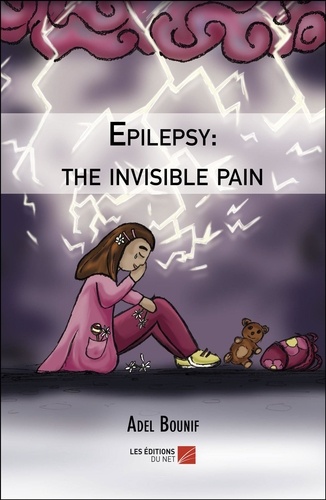
Poésie
Epilepsy: the invisible pain
01/2019
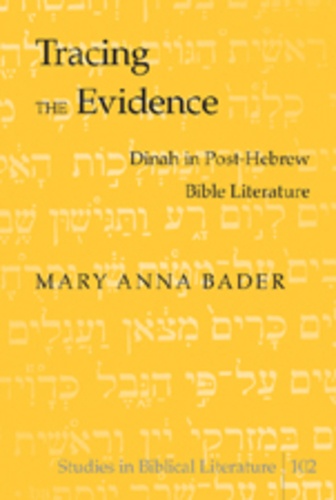
Religion
Tracing the Evidence
04/2008

Anglais apprentissage
Acacia thorn in my heart
09/2001

Poches Littérature internation
Une fille de pasteur
09/2008

Littérature française
Les inventeurs. Essai
02/2017

Littérature érotique et sentim
Le duc et la fille du pasteur
05/2016

Romans policiers
Vidar
05/2022

Littérature française
Handicapped
10/2020
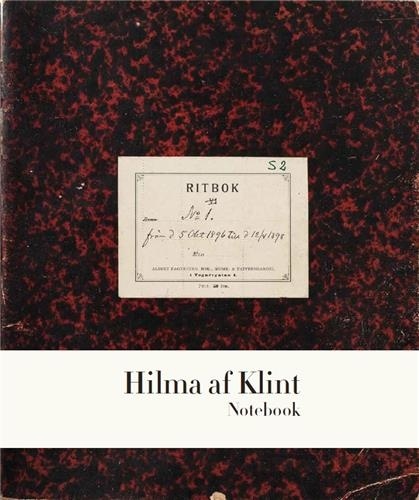
Monographies
Hilma af Klint. The Five Notebook 1
01/2022
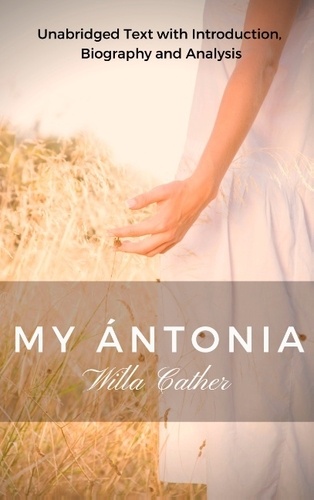
Littérature française
Willa Cather my Antonia. Unabridged Text with Introduction, Biography and Analysis
05/2017

Philosophie
«Phädon», or «On the Immortality of the Soul»
12/2006
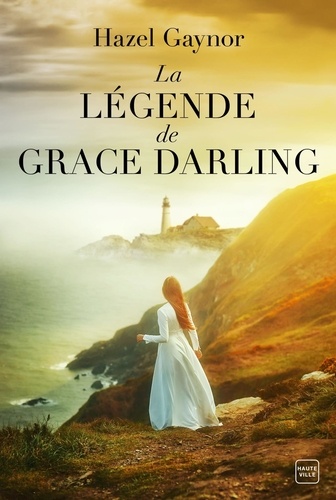
Littérature érotique et sentim
La Légende de Grace Darling. The Lighthouse Keeper's Daughter
06/2019

Histoire internationale
Each Child Is My Only One
05/2014

Sciences politiques
The Structure of Political Communication in the United Kingdom, the United States and the Federal Republic of Germany
11/1987
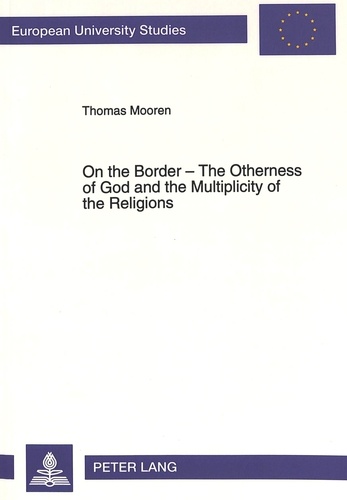
Histoire internationale
On the Border - The Otherness of God and the Multiplicity of the Religions
01/1994

Histoire et Philosophiesophie
The Undergrowth of Science. Delusion, self-deception and human frailty
01/2000

Histoire et Philosophiesophie
Thinking about Physics
01/2000

Photographie
Tokyo and my daughter
06/2021
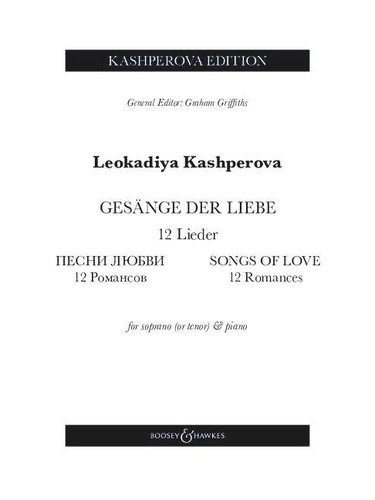
Musique classique
Songs of Love. 12 Romances. 12 Lieder. Soprano (tenor) and piano.
12/2023
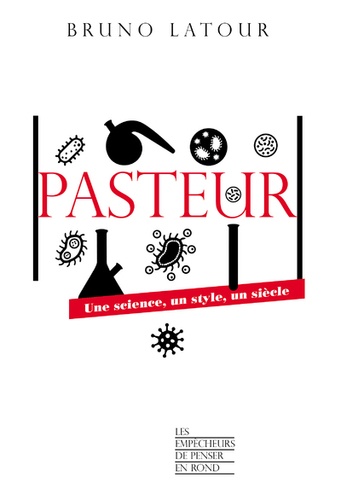
Chimie
Pasteur
11/2022
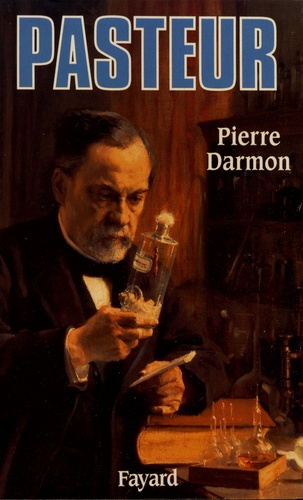
Histoire et Philosophiesophie
Pasteur
02/1995
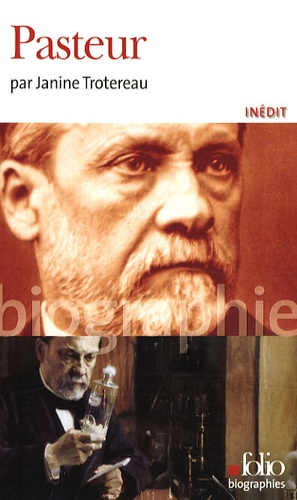
Généralités médicales
Pasteur
05/2008
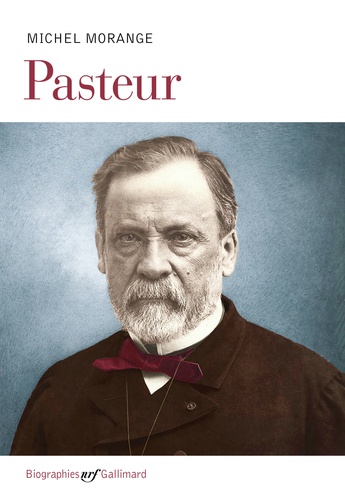
Histoire des sciences
Pasteur
10/2022

Tourisme étranger
Moroccan tracks Volume 11. The sagho djebel
08/2022

Non classé
The Concept of Man in Igbo Myths
11/1999
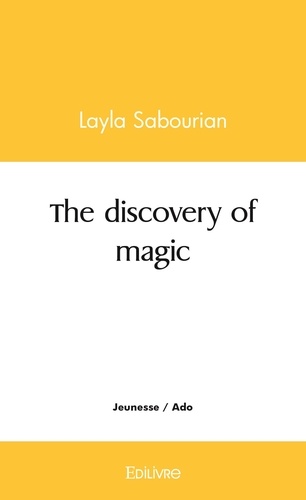
Livres 0-3 ans
The discovery of magic
09/2021

